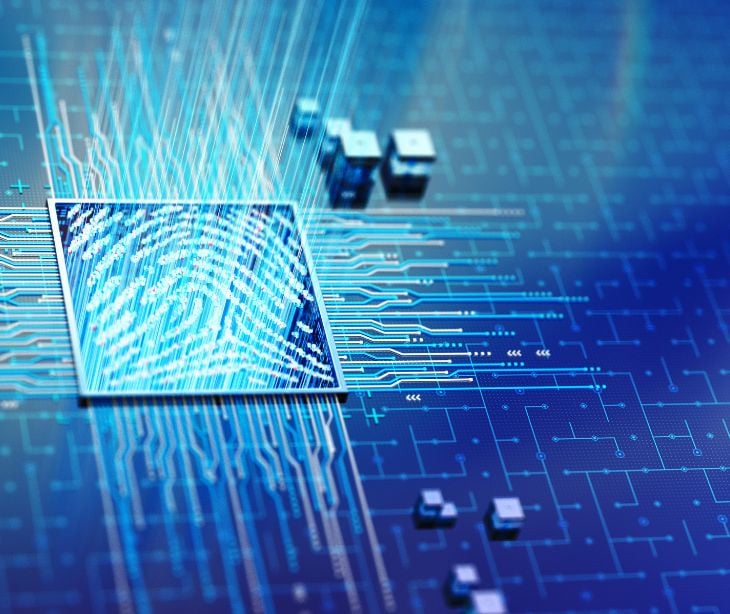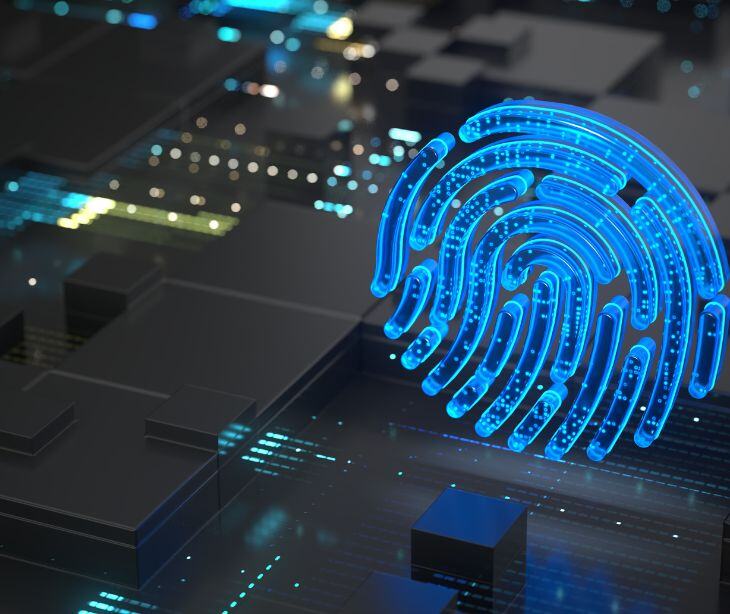
Endpoint Detection and Response (EDR), also known as endpoint detection and threat response (EDTR) is a component of an organization's cybersecurity strategy. It continuously monitors end-user devices, providing real-time visibility into potential threats and enabling proactive response measures.
Understanding EDR
EDR is a security solution designed to monitor and protect endpoints, such as laptops and mobile devices, against cyber threats. It records and stores endpoint-system-level behaviors, analyzes data using various techniques, detects suspicious activities, and provides remediation suggestions to restore affected systems. EDR solutions ensure that any potential threats are promptly detected and responded to by continuously monitoring endpoints.
How does EDR work?
EDR security solutions work by recording and analyzing activities and events taking place on endpoints and workloads. This continuous monitoring provides security teams with real-time visibility into potential threats that would otherwise remain invisible. An effective EDR solution should offer advanced threat detection, investigation, and response capabilities.
According to Crowdstrike, “An EDR tool should offer advanced threat detection, investigation and response capabilities — including incident data search and investigation alert triage, suspicious activity validation, threat hunting, and malicious activity detection and containment.”
Read also: How to implement endpoint detection and response (EDR)
Key aspects of an effective EDR solution
Endpoint visibility
An effective EDR solution should provide real-time visibility across all endpoints, allowing security teams to view adversary activities and respond promptly.
Threat database
EDR requires a comprehensive threat database, enriched with context, to mine for signs of attack using various analytic techniques.
Behavioral protection
EDR solutions should employ behavioral approaches to detect indicators of attack (IOAs) and suspicious activities before a compromise occurs.
Insight and intelligence
Integration with threat intelligence provides contextualized information, including details on the adversary and other relevant attack information.
Fast response
An effective EDR solution enables fast and accurate incident response, allowing organizations to stop attacks before they escalate into breaches.
Cloud-based solution
Cloud-based EDR solutions ensure zero impact on endpoints while providing real-time search, analysis, and investigation capabilities.
See more: What data is collected by EDR systems?
Why EDR is important?
Prevention alone is insufficient
While prevention measures are necessary, they cannot guarantee 100% protection. EDR fills the gap left by prevention measures, ensuring that potential threats are promptly detected and responded to.
Adversaries can linger undetected
Adversaries can remain undetected within an organization's network for extended periods, creating backdoors for future attacks. EDR enables organizations to detect and respond to these threats before they can cause substantial damage.
Enhanced visibility for effective monitoring
Traditional security solutions often lack the visibility required to effectively monitor and understand endpoints. EDR provides comprehensive visibility, allowing organizations to rapidly identify, investigate, and remediate security incidents.
Access to actionable intelligence
EDR solutions integrate threat intelligence, providing organizations with actionable insights into the attacks they face. This intelligence enables security teams to respond effectively and prevent breaches.
Data alone is insufficient
Collecting data is only part of the solution. EDR provides the necessary resources to analyze and derive value from the collected data, empowering security teams to address security incidents effectively.
Expedited remediation
Without adequate visibility and response capabilities, incident remediation can be protracted and costly. EDR enables organizations to quickly identify and respond to security incidents, minimizing the impact on business operations.
FAQs
What is EDR and how does it relate to healthcare security?
Endpoint detection and response (EDR) is a security solution that continuously monitors and collects data from endpoints (such as computers, servers, and mobile devices) to detect, investigate, and respond to cyber threats. In healthcare, EDR helps protect sensitive patient information by identifying and mitigating threats before they can cause harm, ensuring the security of endpoints that access and store protected health information (PHI).
Why is EDR beneficial for HIPAA compliance?
EDR is beneficial for HIPAA compliance as it enhances the ability to detect and respond to security incidents, reducing the risk of data breaches involving PHI. Providing real-time visibility into endpoint activity and enabling rapid response to threats, EDR helps healthcare organizations maintain the confidentiality, integrity, and availability of patient data in accordance with HIPAA’s security requirements.
What are the potential risks associated with not using EDR under HIPAA?
- Delayed threat detection: Increased likelihood of undetected threats leading to data breaches and loss of sensitive information.
- Prolonged response times: Slower response to security incidents, resulting in greater damage and higher recovery costs.
- Data breaches: Higher risk of unauthorized access to PHI due to insufficient endpoint security.
- Financial losses: Costs associated with breach remediation, legal penalties, and potential restitution for affected patients.
- Non-compliance: Failure to meet HIPAA’s technical safeguards, leading to potential fines and legal consequences.
Subscribe to Paubox Weekly
Every Friday we'll bring you the most important news from Paubox. Our aim is to make you smarter, faster.




